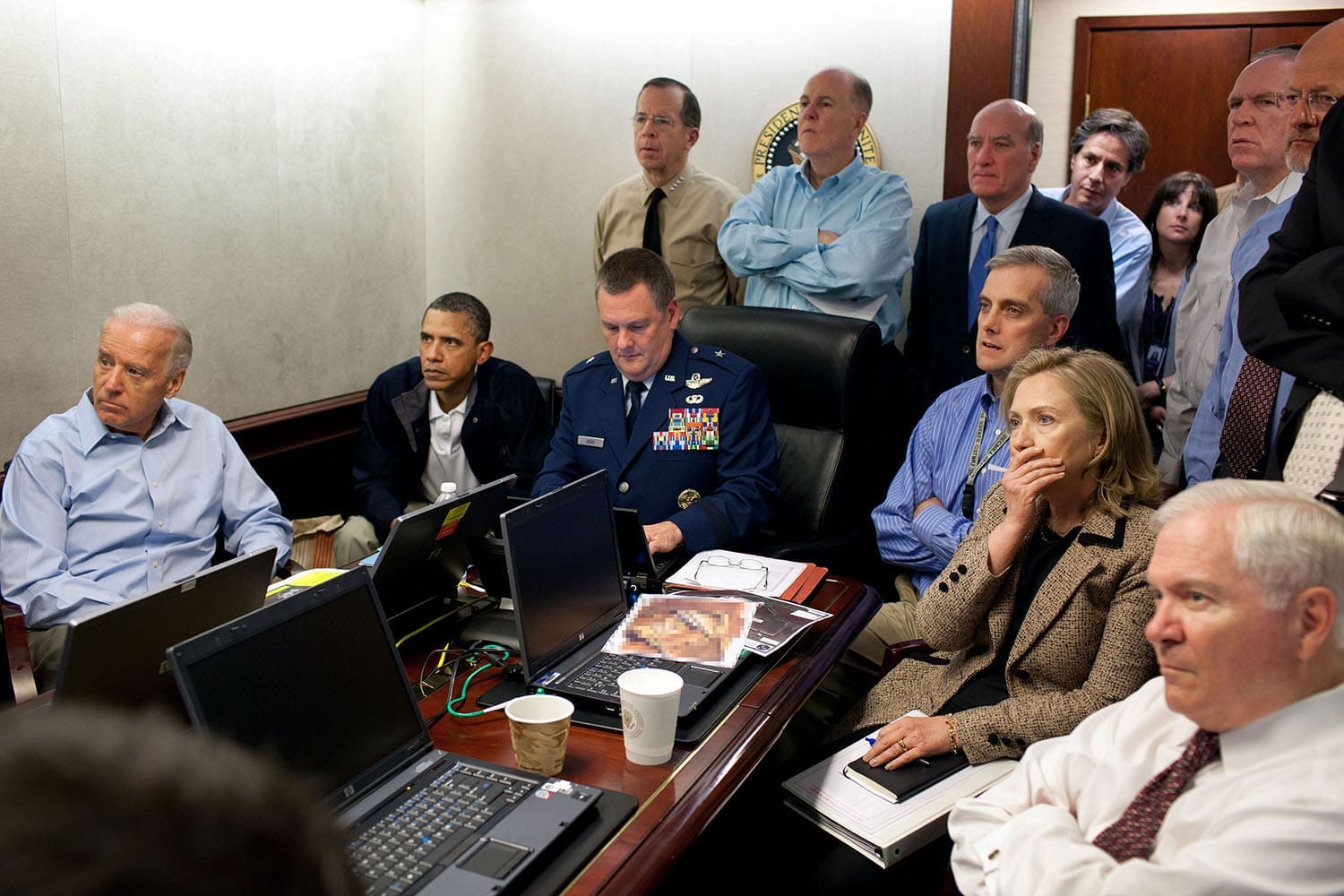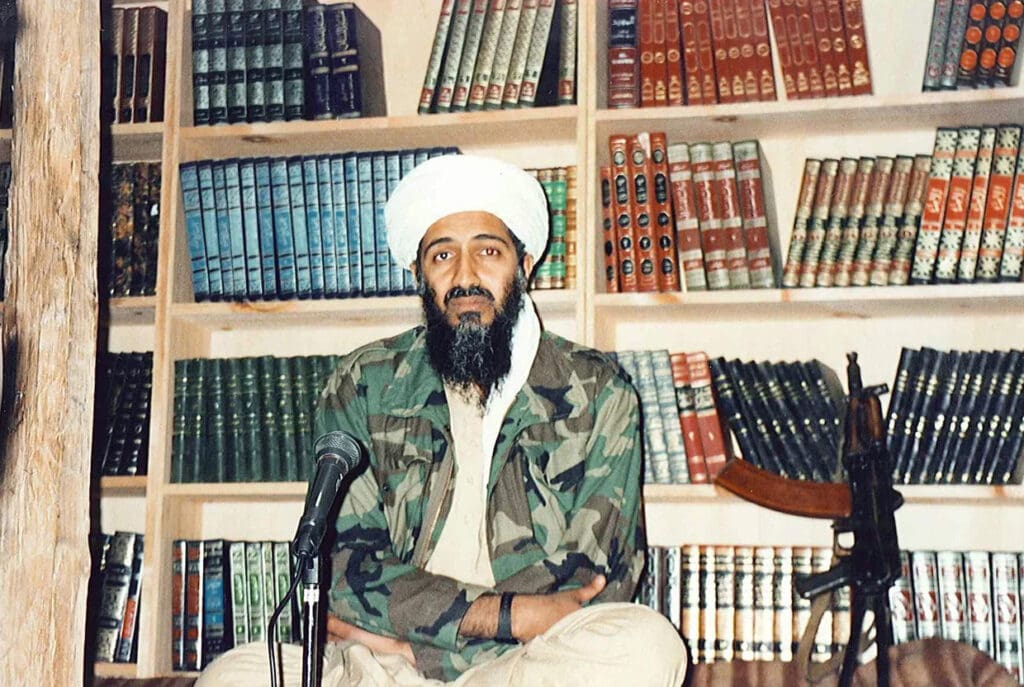
The Challenge
Telling the story of Osama bin Laden’s capture came with a distinct set of challenges. Built around firsthand accounts from CIA officers, intelligence operatives, and military leaders—the series needed to visualize classified, often undocumented moments. At the same time, the team faced an overabundance of footage for well-documented events like 9/11, where too much material risked overwhelming the narrative.
Our Approach
Visualizing the Invisible
We developed a strategy grounded in plausible realism—sourcing footage that could evoke the atmosphere of covert operations while staying true to the story. This meant hours of digging through open-source material, declassified files, and military training footage to simulate the look and feel of surveillance, intel gathering, and strategic missions.
Selective Immersion
To avoid oversaturation during high-coverage moments like 9/11, we focused on emotionally resonant clips—grainy home videos, raw air traffic control tapes, and quiet phone calls. These subtle, intimate moments brought a human dimension to a globally familiar event and paired powerfully with the interview-driven narrative.
Budget-Conscious Depth
With a decades-long timeline, we relied on bulk licensing from vendors like AP and Reuters and leaned into public domain resources—presidential libraries, the Department of Defense, and the National Archives—to maximize visual range without compromising the budget.
Complex Clearances
Clearance was especially challenging—ranging from the legal ambiguity of terrorist propaganda footage to identifying stylized assets used in motion graphics. We developed flexible tracking systems and collaborated closely with post and legal to ensure all materials were properly vetted, licensed, and credited.

The Impact
American Manhunt: Osama bin Laden became Netflix’s #1 global series just days after release, with over 12.6 million views in its first five days. Viewers praised the urgency, depth, and emotional resonance of the series—much of which was driven by the thoughtful, cinematic use of archive.
Behind the Scenes & Lessons Learned
The biggest challenge wasn’t just finding archival—it was contextualizing it. With emotionally charged material like 9/11, the goal was to guide viewers through the story, not overwhelm them. That meant knowing when to hold back and when to lean in, while crafting a visual tone that felt both accurate and deeply human.
The project’s scale demanded seamless coordination across editorial, graphics, legal, and post. Stylized composites and layered visuals required extra diligence to trace, clear, and credit each asset.
“You have to strike a balance between emotional storytelling and historical responsibility. For something like 9/11, the temptation is to use what’s most shocking or familiar—but what’s more powerful is finding the footage that helps people feel what it was like to live through it.”
— Julia, Archival Producer
The experience reinforced the importance of organization, early collaboration with graphics, and always interrogating the impact of archival—not just its availability.
Project Outcome
From covert operations to cultural memory, American Manhunt: Osama bin Laden pushed the boundaries of archival storytelling—proving that even the most classified stories can be made visual with the right mix of creativity, strategy, and care.
Making the Invisible Visible: Archival Strategies for a High-Stakes Story
Ninja: Julia
American Manhunt: Osama bin Laden
Privacy Policy
Terms and Conditions
website designed by buzz & banter studios
Archival Ninjas specializes in archival rights, research, and clearance for films, video productions, documentaries, and beyond. As an industry leader in business research and film/video production consulting, Archival Ninjas provides expert archival support at every stage of production.
© 2025 Archival Ninjas